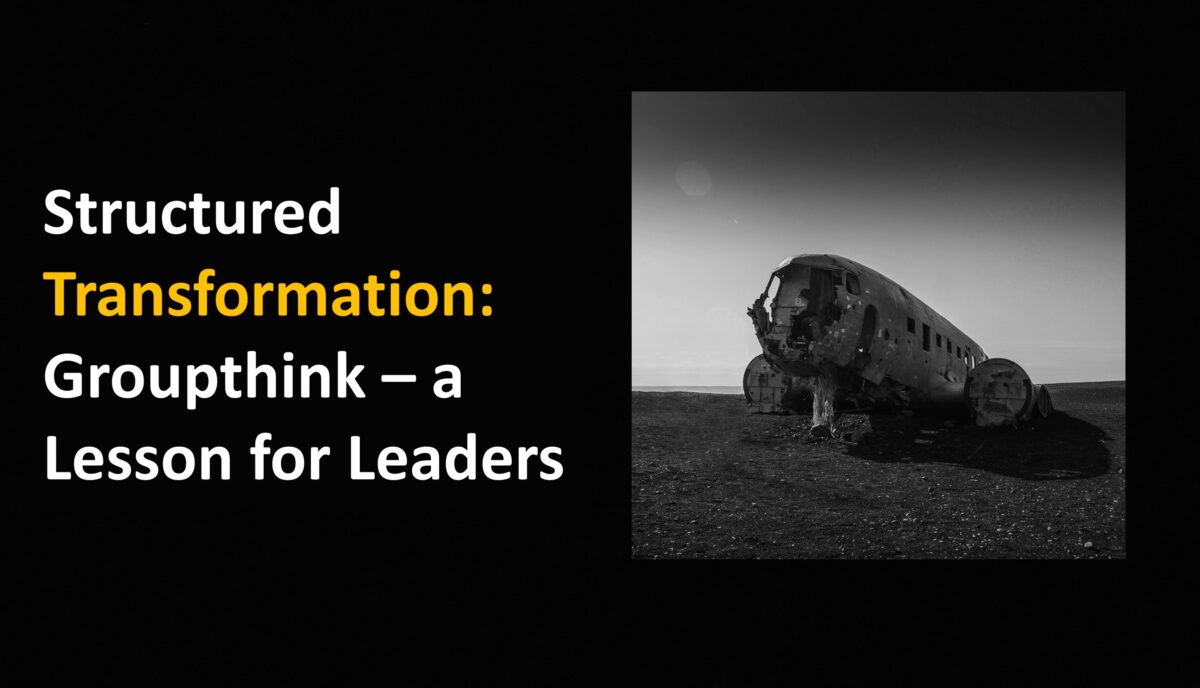When speed and delivery optics become the dominant metric, safety and reality-checks get squeezed out. The Boeing 737 MAX story is a vivid, costly and tragic example of what happens when organizational pressure, normalization of deviance and groupthink overwhelm engineering caution.
Below: the short version of what happened, the hard numbers, the early warning signs to watch for — and the specific interventions I recommend.
What happened (short, factual)
• Two similar accidents (Lion Air 610, Oct 29, 2018; Ethiopian Airlines 302, Mar 10, 2019) led to 346 deaths in total and the worldwide grounding of the 737 MAX. Regulators and investigators linked both crashes to the aircraft’s flight-control logic (MCAS) activating on faulty angle-of-attack input and pushing the nose down.
• Investigations and hearings exposed a range of issues: Boeing failed to disclose MCAS behavior adequately to pilots; pilots were not properly trained about the system; design and certification choices reduced redundancy; and there was a broader failure of oversight by regulators. The accidents exposed “normalization of deviance” — small anomalies accepted as normal — and cultural failures inside Boeing.
• The financial and commercial consequences were massive: the grounding and recovery effort created direct costs estimated around US$20 billion and indirect losses higher still (order cancellations, reputational damage). Boeing later reached a criminal-fraud-related settlement and other payouts totaling more than US$2.5 billion under the DOJ agreement.
How management reacted — and what was missed
- Pressure to compete: The MAX program had strong commercial pressure to compete with Airbus’s A320neo family. That commercial urgency focused attention on schedule and cost rather than a conservative engineering cadence.
- Design decisions & non-transparency: MCAS was introduced to retain handling characteristics but was not fully documented in pilot manuals; early briefings and risk disclosures were insufficient.
- Regulatory delegation & reduced external challenge: Certification practices that delegated inspection authority to Boeing (and other systemic weaknesses) muted independent scrutiny.
- Normalization of deviance: Small anomalies or “workarounds” became accepted, and warning signals were not escalated effectively.
The practical outcome: risk signals were either downplayed, rationalized, or not elevated fast enough — classic groupthink under production pressure. The result was tragedy, long grounding, legal exposure and enormous financial loss.
Early warning signs leaders should watch for
- Delivery optics become the dominant measure — speed and schedule trumping quality and safety indicators.
- Shortening or skipping validation cycles — fewer test iterations, cut corners in QA or simulation.
- Dissent thinning out — previously vocal engineers, operators or frontline staff stop raising concerns.
- One-voice messaging — presentations and reports accentuate the upside; negative evidence is buried or minimized.
- Rapid scope compression — “We must ship” becomes a mantra and alternatives/pilots are dismissed.
- Delegated oversight without independent gates — quality gates owned by delivery teams without neutral reviewers.
- Normalization language — talk that frames anomalies as “not material” or “we’ve handled this before.”
If you spot more than one of these signs, treat it as a red flag and act immediately.
If you spot the signs — immediate actions I would take as a transformation lead
1) Pause, triage, and create an independent gate
- Stop the sprint. Create an independent risk gate owned by a neutral senior (risk/compliance or an external expert) with authority to pause the program.
- Require a short, focused triage that answers: What are the current failure modes? Who raised them? Were they acted upon?
2) Run a pre-mortem (fast, strict)
- Facilitate a structured “it’s 12 months later and this failed — why?” session. Use a red-team to force alternative scenarios. Capture the top 5 failure causes and immediate mitigations.
3) Re-establish independent verification
- Bring in external subject-matter experts or auditors to validate key assumptions, test data and safety-critical designs. Don’t rely solely on internal sign-off.
4) Rebalance KPIs
- Add and elevate lagging and leading quality/risk KPIs to the dashboard (e.g., number of unresolved safety anomalies, time-to-fix critical defects, rate of dissent flagged). Pair schedule targets with risk burn-down metrics.
5) Protect dissent & whistleblowers
- Implement safe channels for engineers and frontline staff to escalate concerns without career penalties. Publicly reward those who surface risks.
6) Enforce “no big-bang” without pilots
- Where possible, require representative pilots / phased rollouts in operational conditions, with go/no-go criteria pre-agreed and tested.
7) Document decisions (decision logs)
- For every major choice, capture the evidence considered, who argued what, and the rationale — so the organization can retrospectively learn and avoid repeating the same mistakes.
Final thought — culture beats checklist, but both are needed
Boeing’s MAX crisis is a stark reminder: even firms with deep engineering heritage can fall prey to groupthink and production pressure. A culture that elevates candour, independent verification and humility — combined with concrete risk gates and pre-mortems — is the only reliable defence. Put another way: process and governance are the scaffolding; culture provides the workers who keep it standing.
About the Author
Diethard Engel is a seasoned independent advisor with over a decade of experience in business transformation, post-merger integration, and carve-out readiness. He supports CFOs, CEOs, and Private Equity teams in designing and executing high-impact programs — from industrial portfolio management to organizational and process optimization. With a strong background in Controlling and Financial Management, his expertise also extends into Supply Chain, Procurement, and Business Systems. Diethard works pragmatically, with a personal touch and a clear focus on results — especially in mid-sized companies where fast decision-making is key. Industry experience includes chemicals, machinery & equipment, automotive supply, life sciences, FMCG, professional services, and food production.
